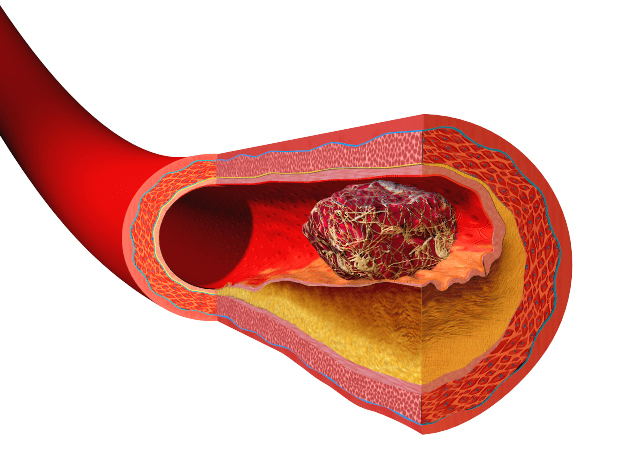Irish researchers have found that patients with severe COVID-19 infections had micro-blood clots within their lungs that may significantly contribute to the risk of death. What’s more, the type of blood clotting seen in many patients seems to be unique to COVID-19.

Researchers at the Irish Centre for Vascular Biology, RCSI and St James’s Hospital, Dublin, investigated coagulopathy in 83 Irish patients with a median age of 64 admitted to hospitals with severe coronavirus infections.
Their findings confirmed earlier reports, suggesting that a severe COVID‐19 infection is associated with a significant coagulopathy (a disease or condition affecting the blood’s ability to coagulate).
“Our novel findings demonstrate that COVID-19 is associated with a unique type of blood clotting disorder that is primarily focussed within the lungs and which undoubtedly contributes to the high levels of mortality being seen in patients with COVID-19,” said Professor James O’Donnell, Director of the Irish Centre for Vascular Biology and lead author of the new study.
When people with COVID-19 develop a cough and fever, this is the result of the infection reaching the respiratory tree — the air passages that conduct air between the lungs and the outside. If air sacs are inflamed due to the infection, pneumonia can be triggered.
Severe pneumonia can lead to not enough oxygen flooding the bloodstream, reducing the body’s ability to get rid of CO2. The patient has a high risk of dying in such severe cases of pneumonia.
In addition to pneumonia, the new study suggests that hundreds of small blood clots can form in the air sacs throughout the lungs. Such blood clotting can lead to other complications as well, including heart attacks and strokes.
“This scenario is not seen with other types of lung infection, and explains why blood oxygen levels fall dramatically in severe COVID-19 infection,” O’Donnell said.
The findings, which were published in the British Journal of Haematology, suggest that blood-thinning treatments might be important in high-risk patients in order to avoid the worst disease prognosis.
“Further studies will be required to investigate whether different blood thinning treatments may have a role in selected high risk patients in order to reduce the risk of clot formation,” Professor O’Donnell said.


